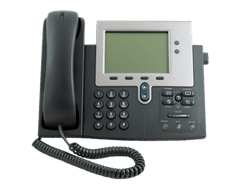Telephone Etiquette
In this growing electronic age, we often forget how important it can be to have simple telephone etiquette. Outside the realm of texting and emails, many people still use the telephone as a primary source of communication. Knowing the proper etiquette and procedures for speaking with someone on the telephone can show a great deal of professionalism as well as social knowledge.
Aspects of Phone Etiquette
Many people do not realize they have little or no phone etiquette. When they recognize this, they are often unsure about where to start. One of the first steps to gaining or improving a person’s phone etiquette is to know the different aspects of it, such as phrasing and listening skills. Learning this knowledge can be a great starter tool for many people and can help them feel more confident on the phone right away.
Phrasing
When speaking on the telephone, different phrasing is used instead of our everyday casual phrases. Using more professional phrasing portrays a sense of confidence and a sense that you are there to help them. Using phrases such as “Could you”, “May I?”, “Please”, and “Thank you” can help the person on the other end of the line feel more comfortable and feel more at ease with your politeness. Important phrasing sections include introductions, transitions and even call conclusions. Although some of the phrasing can seem uncomfortable at first, with practice, they can become as natural as our everyday speech.
With our Telephone Etiquette course, you will begin to see how important it is to develop better telephone communication skills. By improving how you communicate on the telephone and improve basic communication skills, you will improve on almost every aspect of your career.
Course Objectives:
- Recognize the different aspects of telephone language
- Properly handle inbound/outbound calls
- Know how to handle angry or rude callers
- Learn to receive and send phone messages
- Know different methods of employee training











Reviews
There are no reviews yet.